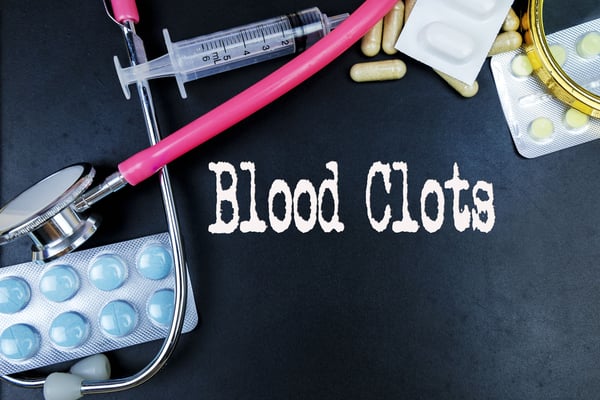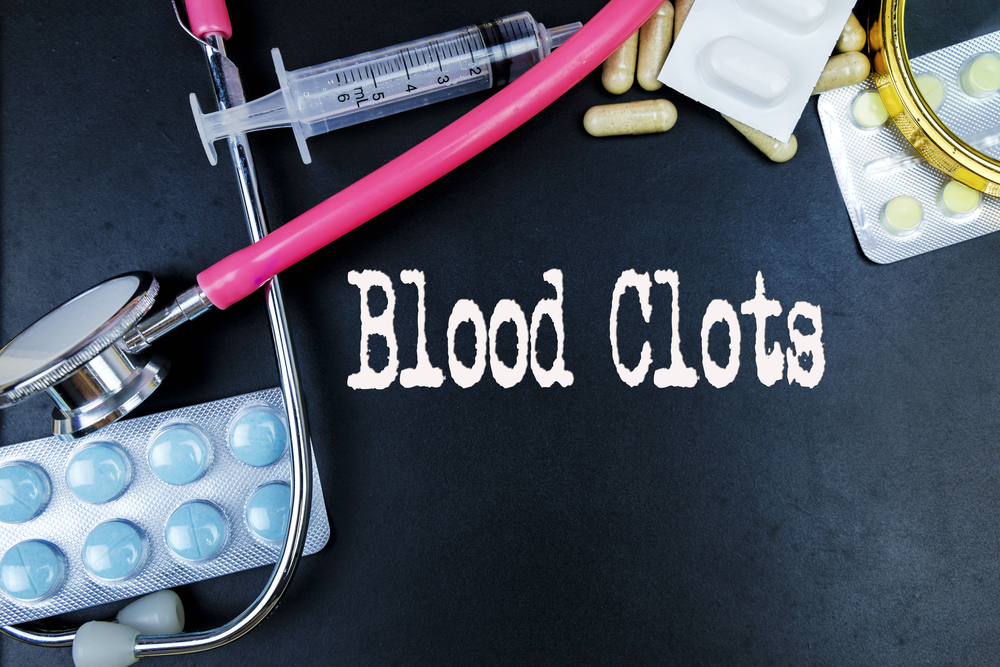Understanding Your Genetic Risk Factors for Blood Clots

Many risk factors for developing a blood clot, including being overweight, smoking, or leading a sedentary lifestyle, are within your control. This isn’t true of genetic factors you inherit from one or both parents that can increase your chances of developing a blood clot. In this case it is called a thrombophilia, which means “easy clotting.” Although you have no control over your DNA, learning as much as you can about your inherited risk factors can help you lower the likelihood of dealing with a clotting disorder as much as possible.
Genetic Risk Factors Often Tied to Genetic Defects
Developing a blood clot due to faulty genes is less common than having one develop due to lifestyle factors or as a complication of other health conditions. When this does occur, it’s usually because you inherited a defective gene from either your mother or father that made it more likely you would develop a blood clot in the future. These genetic defects happen within the complex series of proteins required for blood clotting. The cause of your blood clot disorder is more likely to be genetic when you meet at least one of the following criteria:
- A close relative such as a parent, grandparent, sibling, or child has or had a history of blood clots that caused serious health consequences or death.
- In women, a history of repeated and unexplained miscarriages.
- You have had multiple blood clots before your 40th birthday.
If you recognize any of these factors, speak to your provider about steps you can take to lower your risk of future blood clots. They may recommend that you speak to a hematologist (clotting specialist) who can help make the diagnosis and let you know what that will mean if you’re planning on having children in the future.
Health Conditions Associated with Vein Blood Clots in the legs
Deep vein thrombosis (DVT) and pulmonary embolism (PE) are the most well-known serious and sometimes life-threatening conditions that develop due to blood clots. If you have DVT, it means that you have a blood clot in the deep veins of one of your legs. This is dangerous because the blood clot can break free and make its way to your lungs. You have PE when that happens, which is always a medical emergency requiring immediate intervention.
What about artery blood clots? Are they related to vein blood clots?
Artery blood clots are not related to vein blood clots and have a different origin. Atherosclerosis causing Peripheral Artery Disease (PAD) leads to clots in the arteries. This disease causes plaque to build on the walls of your arteries. Plaque forms from deposits of cholesterol, fats, and other substances in the foods you eat each day. When plaque grows large enough, it blocks blood flow through your arteries, small at first but increasingly worse as the plaque enlarges. If the plaque formation becomes inflamed, a blood clot in the artery can form if it ruptures, and this is the last step in the process of causing medical problems. Once a clot is present, it can make the artery even narrower or prevent blood from passing through it altogether.
Genetic Causes of thrombophilia by affecting the blood clotting proteins:
- Factor V Leiden mutation: the most common type but not everyone with an abnormality has a clotting tendency. This is more common in pregnancy.
- Prothrombin mutation: the second most common type
- Antithrombin III deficiency: much less common
- Protein C deficiency: much less common
- Protein S deficiency: much less common
These causes of thrombophilia are determined by blood tests.
Acquired causes of thrombophilia:
- Antiphospholipid Syndrome: an autoimmune condition which causes the blood to bind to antibodies and abnormally clot. It also occurs during pregnancy and is associated with systemic lupus erythematosus. This is determined with a blood test.
If you suspect a thrombophilia your provider or a hematology specialist can order the correct tests to sort this out and make recommendations on correct treatments.


